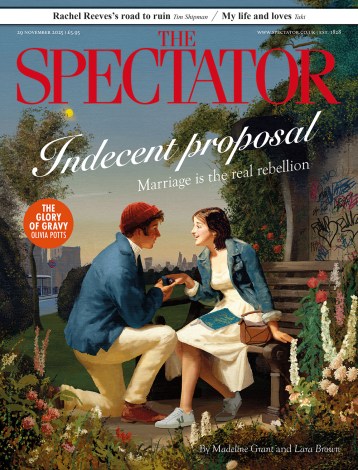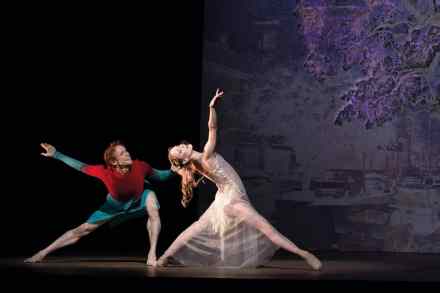I suspect this was a rush job: Like Water for Chocolate reviewed
How much weight of plot can dance carry? Balanchine famously insisted that there are no mothers-in-law in ballet, and masters such as Fokine, Massine and Ashton largely confined the dimensions of their narratives to the back of a postage stamp. Yet in A Month in the Country Ashton also proved that ballet can communicate delicate nuances of psychology; MacMillan’s Mayerling has a complex historical-political setting that fascinates; and Matthew Bourne has devised a cartoon-ish mode of silent tale-telling that has proved very popular and effective. Although one could multiply these examples, the fact remains that plot-driven ballet is a tricky business: stories develop more naturally through words than images and



